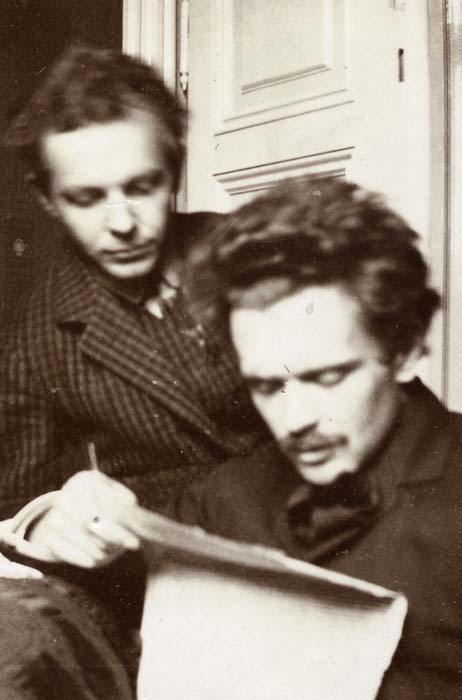Historical Classifications in the Folk Music and Folk Dance Archives of the Institute for Musicology
The computer-based registration of the folk music collections owned by the Institute for Musicology, RCH, HAS was initiated in the early 1990s. It was within the frameworks of this process that the digital data-processing of the Bartók System and the Kodály System, the so-called historical classifications, closed and isolated from the rest of the material, was carried out.
Due to historical reasons, the founding fathers of the Hungarian folk music research were in the same time erudite musicians and outstanding composers as well (Zoltán Kodály, Béla Bartók, László Lajtha, Pál Járdányi, etc.). From the outset a great emphasis was given to the musical analysis and to the musically based classification of the collected material. From a musicological and ethnomusicological perspective, this analytical and comparative processing of the collected material made possible the emergence of a number of new and significant scientific achievements. It helped to define the connections between the music of the Hungarians and the neighbouring peoples, between the music of the Hungarians and their related peoples; it revealed the stylistic layers within Hungarian folk music; and it attempted to explain the prevalence and the origin of the different styles. The publication of the massive material was conceived from the very beginning as based on musical criteria. Both the Bartók System and the Kodály System document this research for the history of science.
In general, the musically based classifications serve the following purposes:
- They facilitate the handling of huge amounts of information, providing quick retrieval of data.
- They showcase the connections recognized within the material, so the most important value of a good system is not its logical disposition but its ability to reveal the musical content of the classified material.
- Taking into consideration that in folk music every data is unique, i.e. it consists of the recording of a particular song at a specific moment, the classification displays – by the juxtaposition of many individual data – the defining characteristics of the type, the components of the type, the entirely unique phenomena, and the accidental mistakes.
This triple objective hides contradictions in itself, and therefore researchers dealing with folk music classifications were constantly forced to make compromises. Classification systems so far had to work with a multitude of record cards, i.e. sheets of papers in their physical reality, so that they only could present the material in a linear format, as if one would turn the pages of a huge book. All this in spite of the fact that the system itself was not aimed at the linear disposition of folk musical material. At best they could employ references to indicate connections to be found in directions differing from the established sequence. Modern information technology offers the possibility to use systems of spatial connectivity and to present situations where we can move on from a specific point towards two or more directions.
The Bartók System includes approximately 13,600 melodies based on the entire Hungarian material collected up to 1938. The classification was based on the rhythmic and strophic patterns of the folk songs. The disposition can be regarded as dictionary-like, but with the remark that the presentation of the stylistic connections had the priority. The formation of the large blocs (classes) A, B, and C as well as the designations (new and old style) bears witness to the consideration of the historic aspects. Prior to his departure in America, Bartók marked his system with numbers and by doing so, he sealed it. Therefore, the data of subsequent collections could not be inserted into the system. At the same time, his classification is of inestimable value as document of science history.
The Kodály System was focused on melodic characteristics, primarily on the main structural points such as the final notes at the ending of the melodic lines, the so-called line-ending cadences. It applied Ilmari Krohn’s system by transcribing the songs on the very same (g') closing note (by the way, Bartók also followed this system which is still in use today for the vocal folk music). The first decisive criterion was the melody’s principal point of division, the so-called main cadence, i.e. the cadence of the second line, then the cadences of the first and the third melodic lines. Theoretically, Kodály created this way a system that was entirely dictionary-like. In practice, however, he placed variants of the same melody next to each other even if their position should have been elsewhere, according to the cadence classification. Thus, the dictionary principle is occasionally overwritten by the aspects of the content. For many years through the middle of the 20th century, Kodály’s collection including about 33,000 data was actually the central Archive of the Folk Music Research Group operating then within the Hungarian Academy of Sciences.
